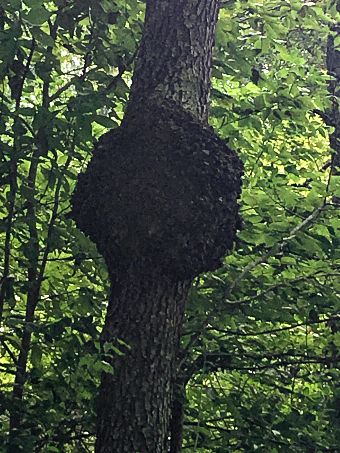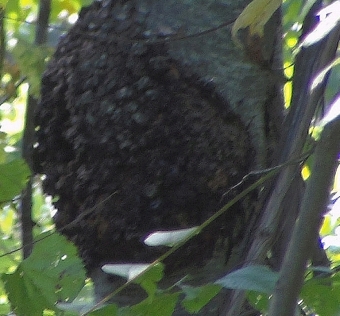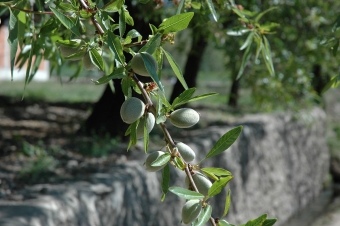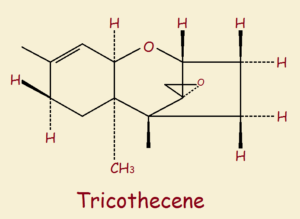
Black Knot Tree Fungus on What Trees?
Black knot tree fungus favors trees of the genus Prunus growing in a temperate zone. This genus falls within the Rosaceae or rose family of plants. This includes such fruit trees as plum, cherry, apricot, and peach. Interestingly, the almond tree is also a member of Prunus. These trees (yes, even the almond tree) feature showy flowers and fruits with large seeds, many of them called stones.

Initiation and Development

Seeds or spores, called ascospores, are ejected by black knot tree fungus galls and are carried by wind and moisture, where the combination of spores and water forms a film on young, developing branches. If conditions are suitable, germination occurs and infestation begins. In its early stages, infestation is difficult to recognize, unless by experienced individuals. Cornell University offers an excellent explanation of the stages of development of black knot in this well-illustrated PDF file.
What’s the Pink Stuff?
In most instances, black knot is just that – black. But occasionally, a pink or orange coating disguises that fact. What is that coating and what are its characteristics? The coating is a pink fungal parasite – a fungus atop a fungus. This fungus is named Trichothecium roseum (Try-ko-thee’–ze-um rose’-e-um); it is associated with fruit rot.
Curiously, although the spores of black knot present no great risk to humans, those of Trichothecium roseum (assuming exposure) do. This is because of the metabolic mycotoxins produced by the fungal parasite. These include roseotoxins and, especially, trichothecene1. Chemically, trichothecene is a sesquiterpene. Trichothecene is a powerful protein synthesis inhibitor.
1 There are actually many trichothecenes. That referred to in this article is associated specifically with Trichothecium roseum. Here is a gallery of T. roseum images.
Note: You might also enjoy Stemonitis Chocolate Brown Slime Mold – A Health Threat
References:
- American Phytopathological Society: Black Knot
- Fun With Microbiology: Trichothecium roseum
- Alberta (Canada) Agriculture and Forestry: Management of Black Knot – F.A.Q.
- Protection Against Trichothecene Mycotoxins


Not a very nice sounding tree fungus, especially when the pink bit is present also. Sounds like it might happen in the UK, if it hits in temperate zones.
Very informative and interesting article. Great pictures too.
Thanks for your “visit,” Bonnie. We are like the old Avis rent-a-car slogan, we “try harder.”
This really looks serious! I have seen some strange things in my time but not anything as bad as that!